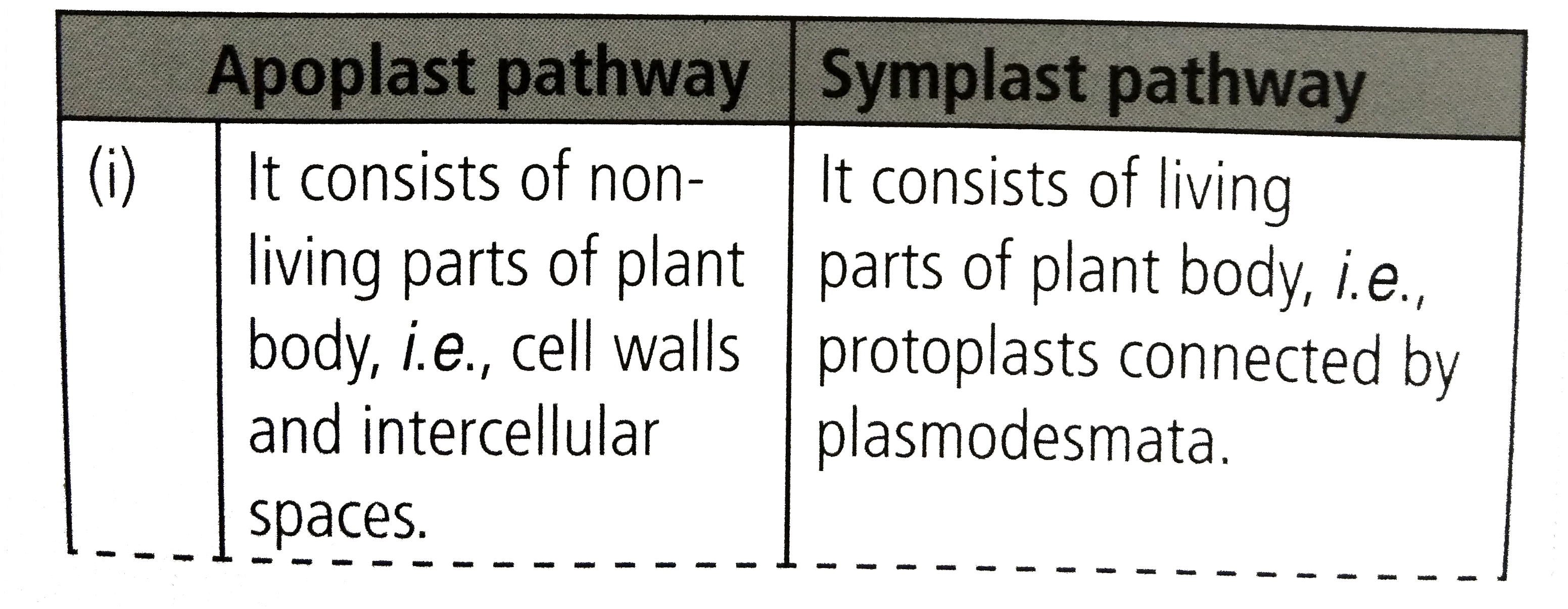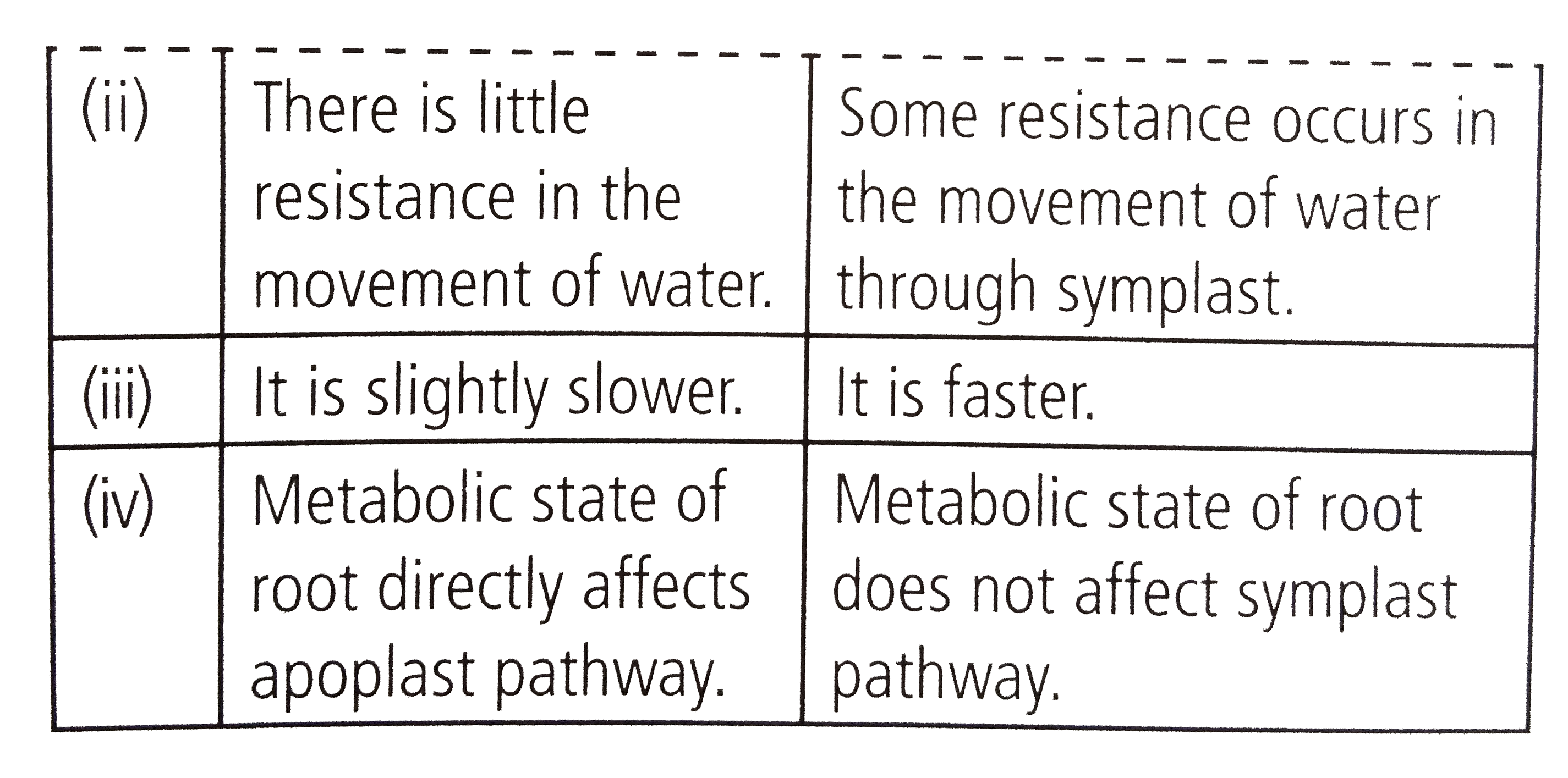What are Apoplast and Symplast ?Solution in Telugu
Apoplast is the path of movement of water with in the plant that moves without crossing the membranes .It is faster process. Symplast is the path of water movement in the plant that crosses the membranes .It is a slower process.
Topper's Solved these Questions
- BOOK - VIKRAM PUBLICATION ( ANDHRA PUBLICATION)CHAPTER - MARCH - 2017 (TELANGANA)EXERCISE - SECTION B8videos
MARCH - 2017 (TELANGANA)
- BOOK - VIKRAM PUBLICATION ( ANDHRA PUBLICATION)CHAPTER - MARCH - 2017 (TELANGANA)EXERCISE - SECTION C3videos
MARCH - 2017 (TELANGANA)
- BOOK - VIKRAM PUBLICATION ( ANDHRA PUBLICATION)CHAPTER - MARCH - 2017 (ANDGRA PRADESH)EXERCISE - SECTION C3videos
MARCH - 2017 (ANDGRA PRADESH)
- BOOK - VIKRAM PUBLICATION ( ANDHRA PUBLICATION)CHAPTER - MICROBES IN HUMAN WELFAREEXERCISE - EXERCISE13videos
MICROBES IN HUMAN WELFARE
Similar Questions
What are enzymes inhibitors?
04:07View SolutionIn Krebs cycle
01:52View SolutionIn Krebs cycle
02:18View SolutionBacteria cannot be seen with the naked eyes, but these can be seen with the help of a microscope. If you have to carry a sample from your home to your biology laboratory to demonstrate the presence of microbes under a microscope, which sample would you carry and why?
03:15View SolutionFollowing are the differences between apoplast pathway and symplast pathway.

 01:29View Solution
01:29View SolutionTerms apoplast and symplast were first used by
02:01View SolutionDescribe the apoplast and symplast pathways
03:30View SolutionExplain apoplastic and symplastic pathways of watermovement in roots.
04:53View SolutionWhat is the difference between apoplastic path and symplastic path?
05:40View Solutionঅ্যাপোপ্লাস্টিক ও সিমপ্লাস্টিক পথ বর্ণনা করো।
04:24View SolutionDISTINGUISH BETWEEN : Apoplast and symplast
05:15View SolutionWhat is apoplast symplast concept ? Describe the mechanism of water movement in plants.
01:52View SolutionDifferntiate between Apoplast and Symplast Pathway.
View SolutionApoplast and Symplast pathway
02:37View SolutionSymplastic movement and apoplastic movement
View Solution

